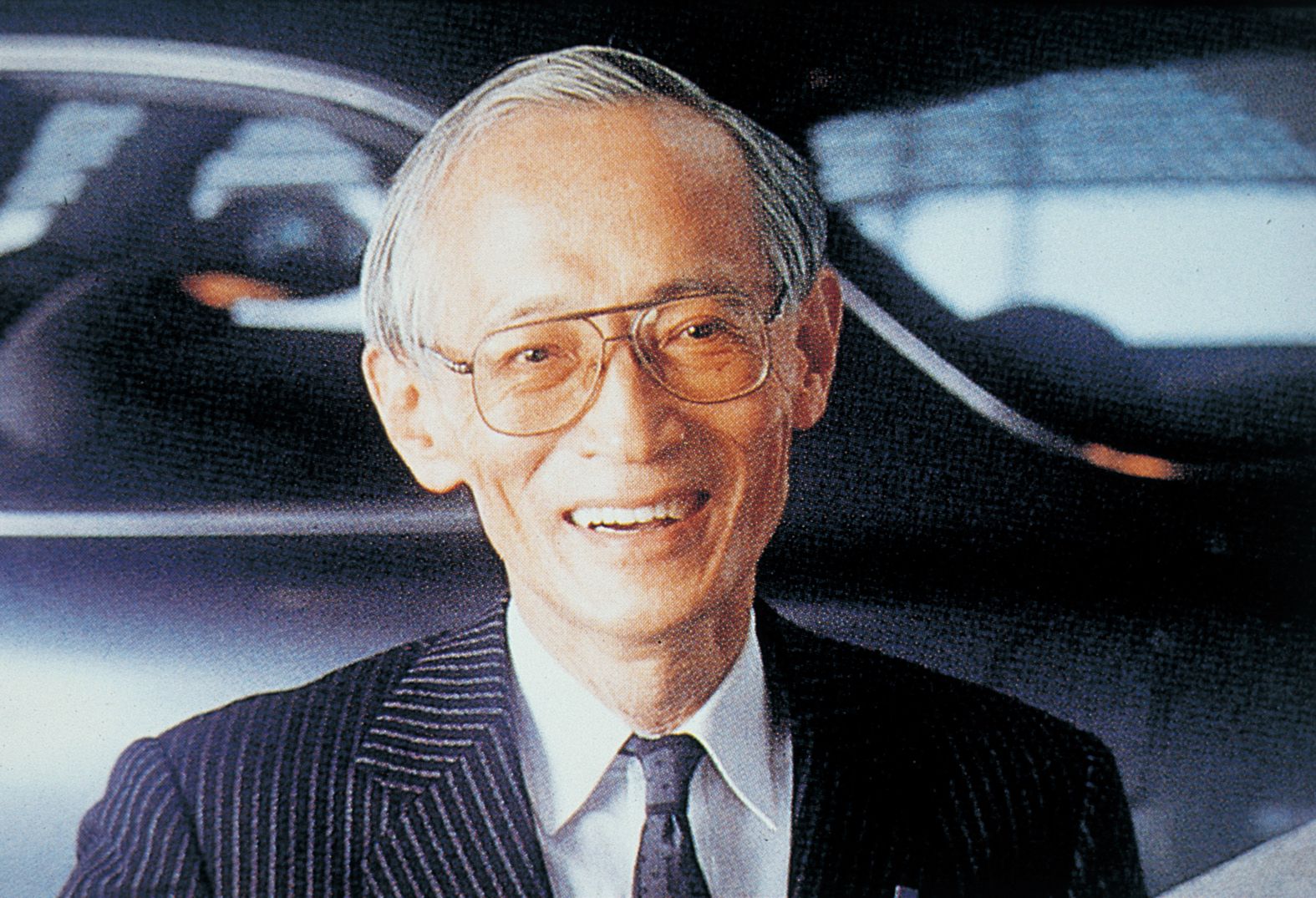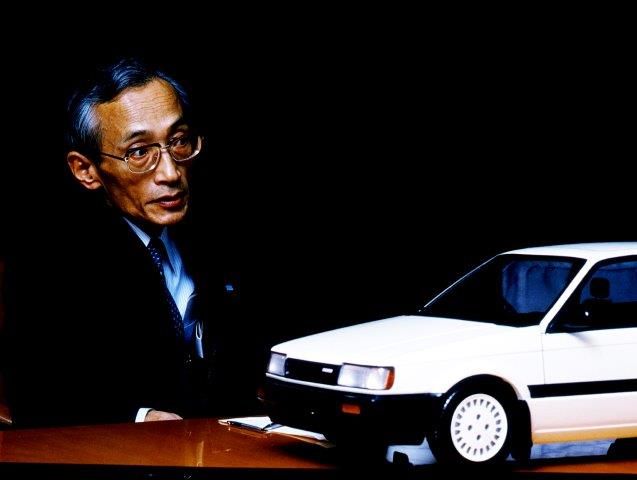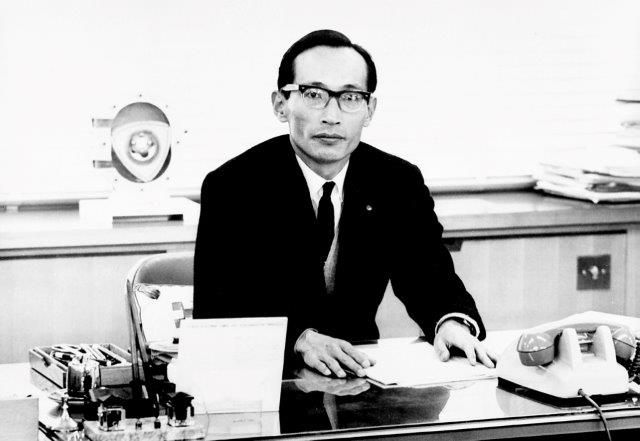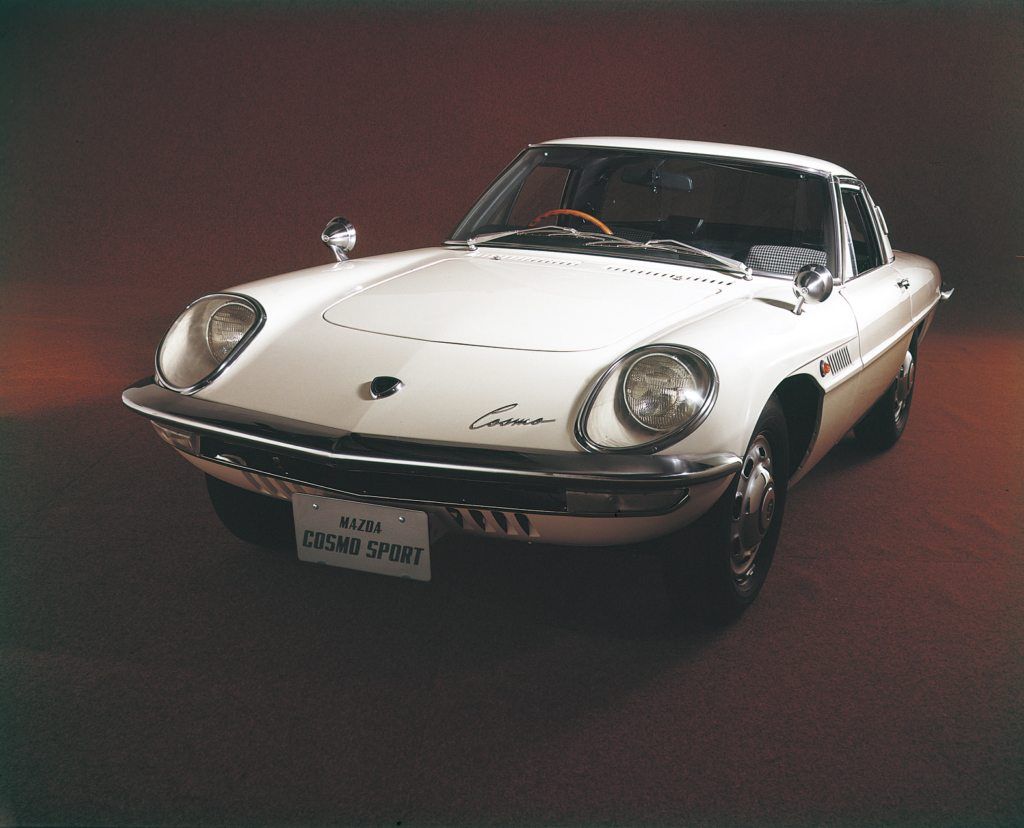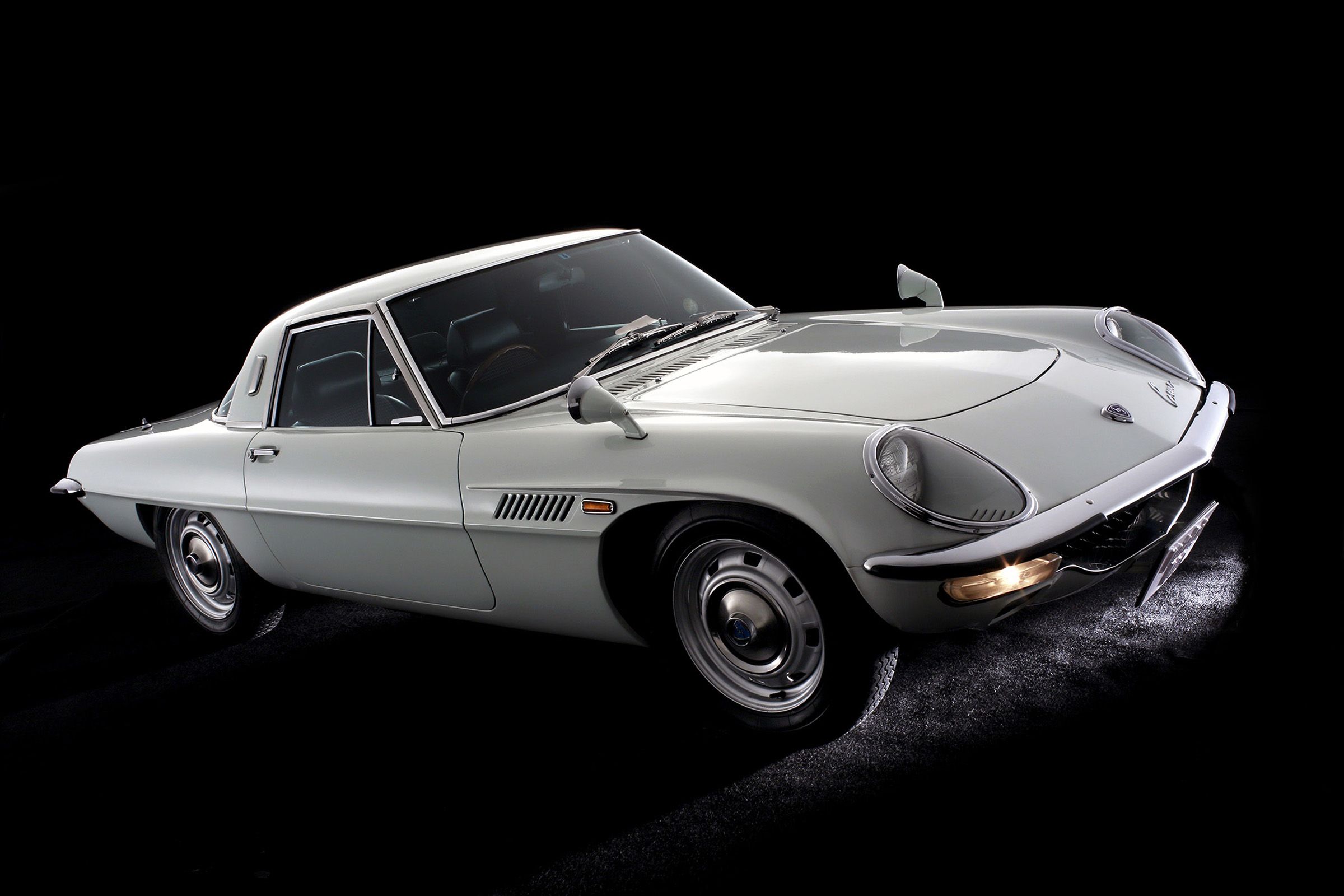On December 20th, Kenichi Yamamoto, a true icon in the world of Japanese automobiles, passed away at his home in Japan. He was 95 years old. Yamamoto is often credited as the driving force behind the creation of such incredible Mazdas as the Cosmo, the RX-2, the RX-3, the RX-4, the RX-7, and the 787B race car, earning him the nickname “Father of the Mazda Rotary.”
Continue reading for the full story.
The Full Story
Kenichi Yamamoto was both an engineer and president at Mazda, and played a large role in bringing the rotary engine to production vehicles. His family announced his death to Japanese media on Christmas day.
Born in Kumamoto Prefecture in 1922, Yamamoto and his family subsequently moved to Hiroshima City. He earned a degree in mechanical engineering in 1944, later landing a job with the Kawanishi Aircraft Company. In 1945, Yamamoto was recruited into the Japanese Navy just before the war's end.
Afterwards, he returned to his hometown of Hiroshima, which had been utterly devastated by the atomic bomb. His sister had been killed, but his mother had survived and required Yamamoto's care. As Japan struggled to recover from the war, Yamamoto looked for work, eventually finding a position with Toyo Kogyo, the parent company to Mazda at the time. There, he worked to piece together differentials and transmissions for three-wheeled trucks, but was never really given the opportunity to put his engineering skills to work.
However, Yamamoto worked diligently, even checking the tolerances of the various parts be assembled against blueprints he happened to find while working, essentially becoming his own quality control expert. The extra effort got him noticed, and the company brass promoted him to the engineering department where, at the age of 25, he designed Mazda's first OHV engine.
In 1959, Yamamoto became deputy manager of Engine and Vehicle Design, and oversaw the brand's first passenger car, the R360. Later, he became part of the “47 Ronin,” an elite group of engineers selected to run the company's Rotary Engine Division. His work with the 47 Ronin culminated in the release of the Mazda Cosmo Sport 110S in 1967, the company's first rotary passenger car, and its first sports car to boot.
Yamamoto later helped to develop the rotary platform to become more efficient under revised air quality control standards, and even wrote an entire engineering book delving into the intricacies of the triangle-shaped engine. He became Mazda's president in 1984, and held a position as chairman until 1992.
In addition to the Cosmo and RX line of vehicles, Yamamoto also helped to develop the 787B, noteworthy as the first (and thus far, only) Japanese car to take top honors at the 24 Hours of Le Mans.
Yamamoto was inducted into the Japanese Automotive Hall of Fame in 2007, recognizing his incredible contributions to Mazda and the industry as a whole.
At the launch of Mazda's last rotary-powered car, the RX-8, Yamamoto wrote of the “techno-romanticist spirit,” a fusion of romance and technology that helped birth a laundry list of iconic rotary-powered machines under his unwavering creative energy. It's this spirit that we hope lives on well into the future.
References
Mazda Cosmo
Read our full review on the 1967-1972 Mazda Cosmo.
Mazda RX-7
Read our full review on the 2001 Mazda RX-7.
Mazda 787B
Read our full review on the 1991 Mazda 787B.
Mazda RX-8
Read our full review on the 2011 Mazda RX-8.

